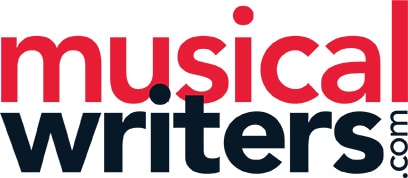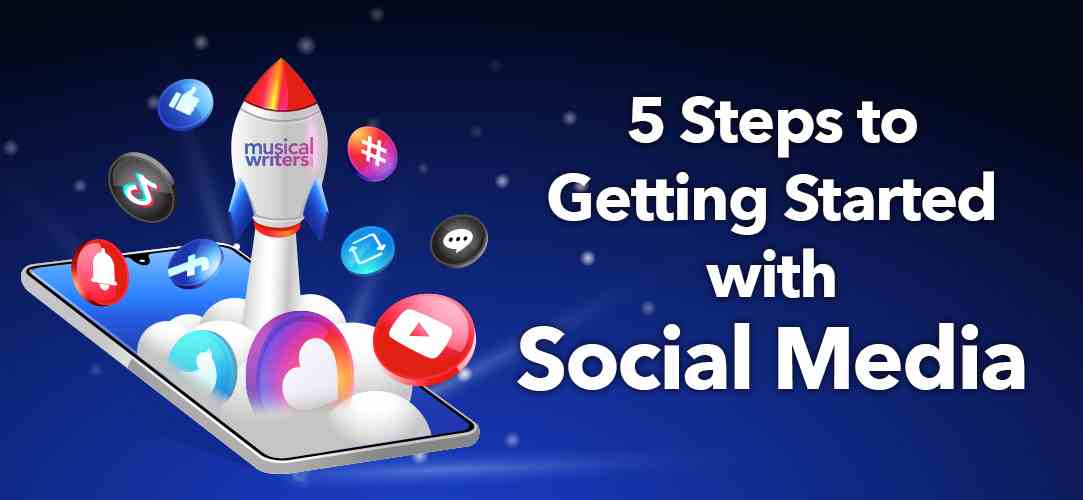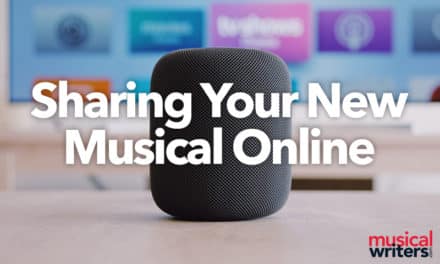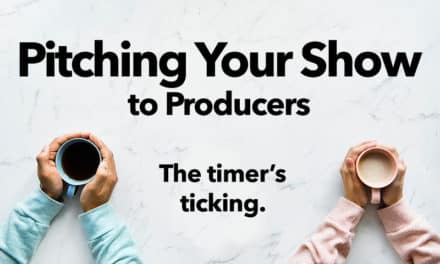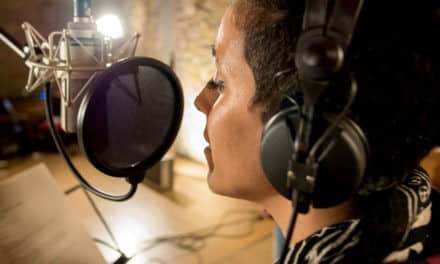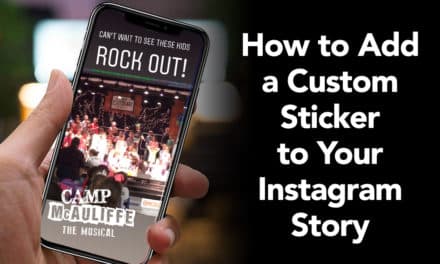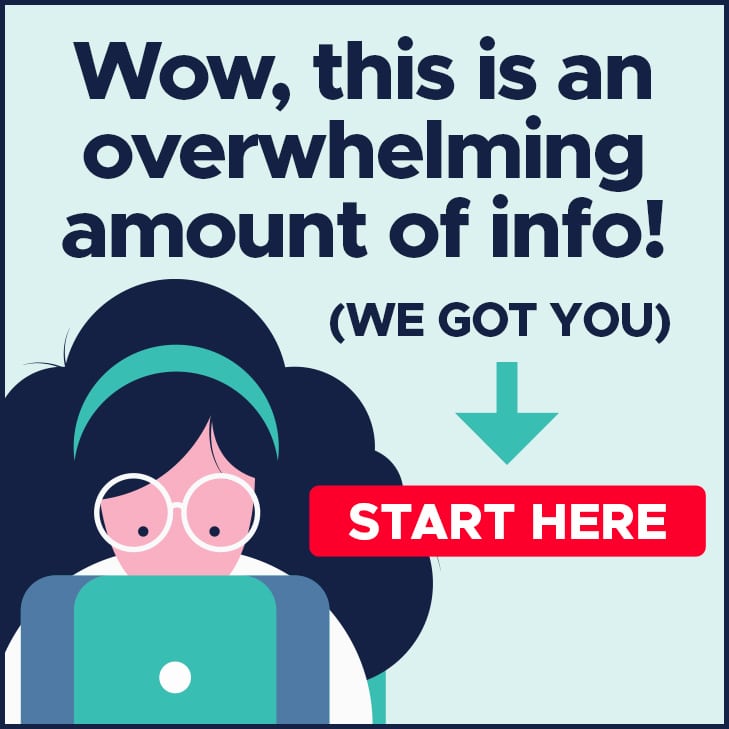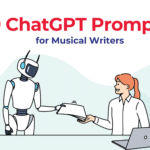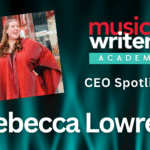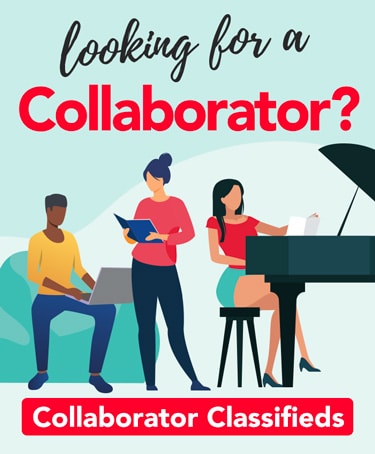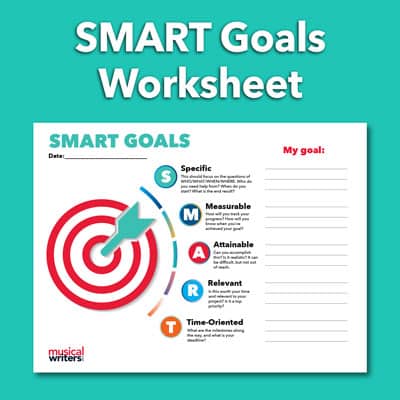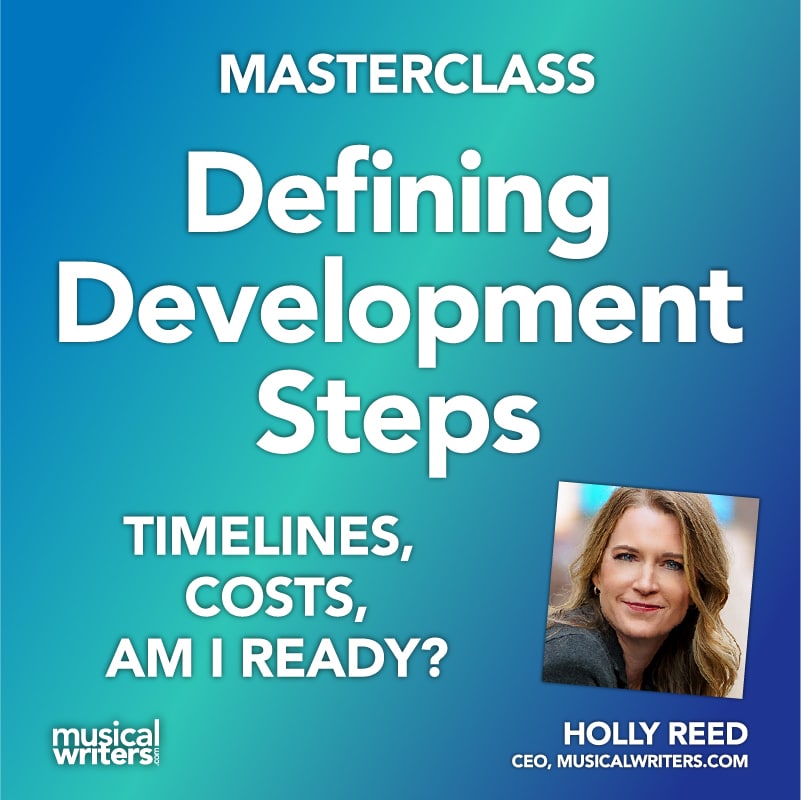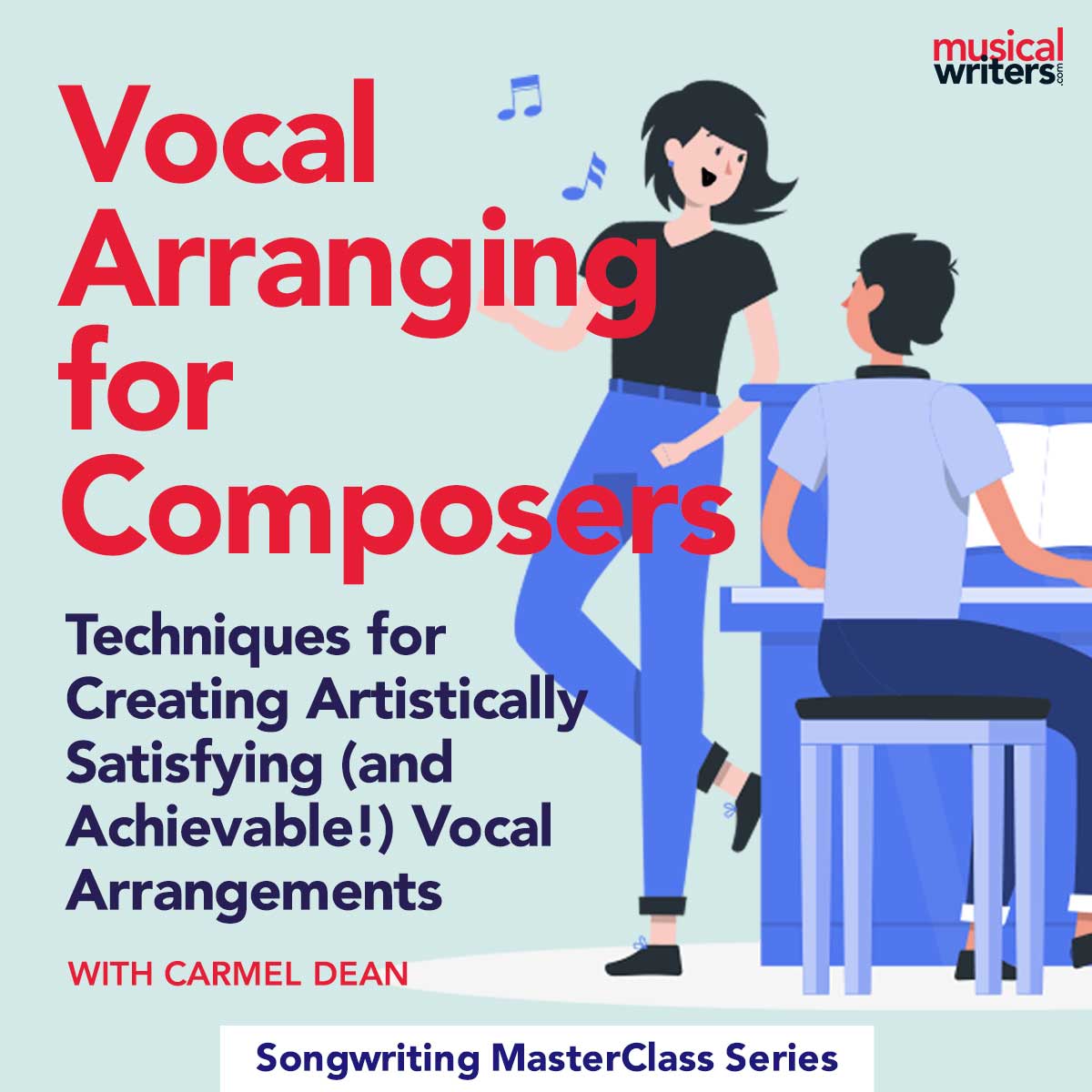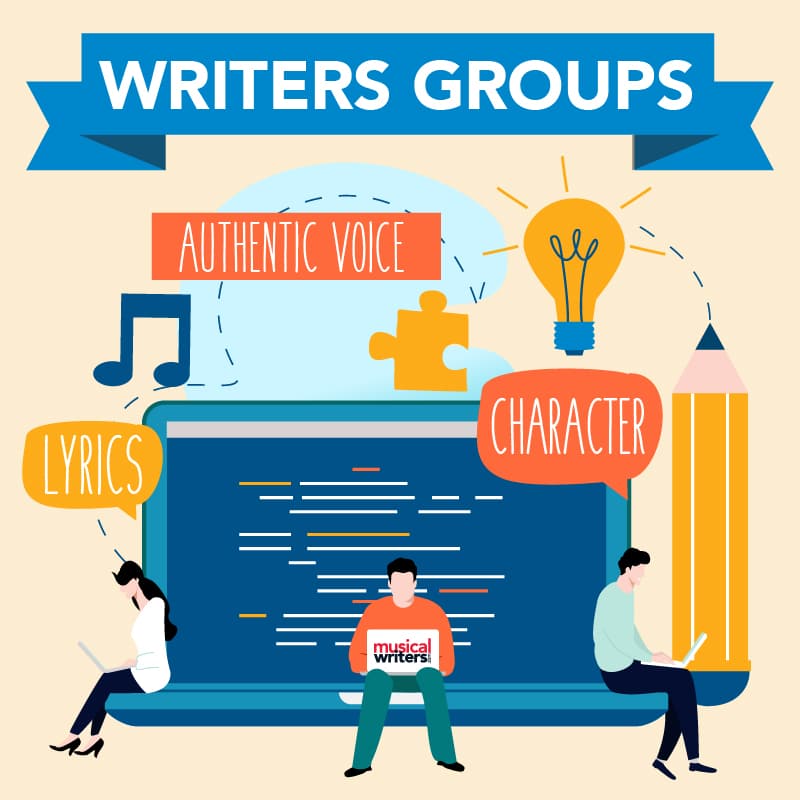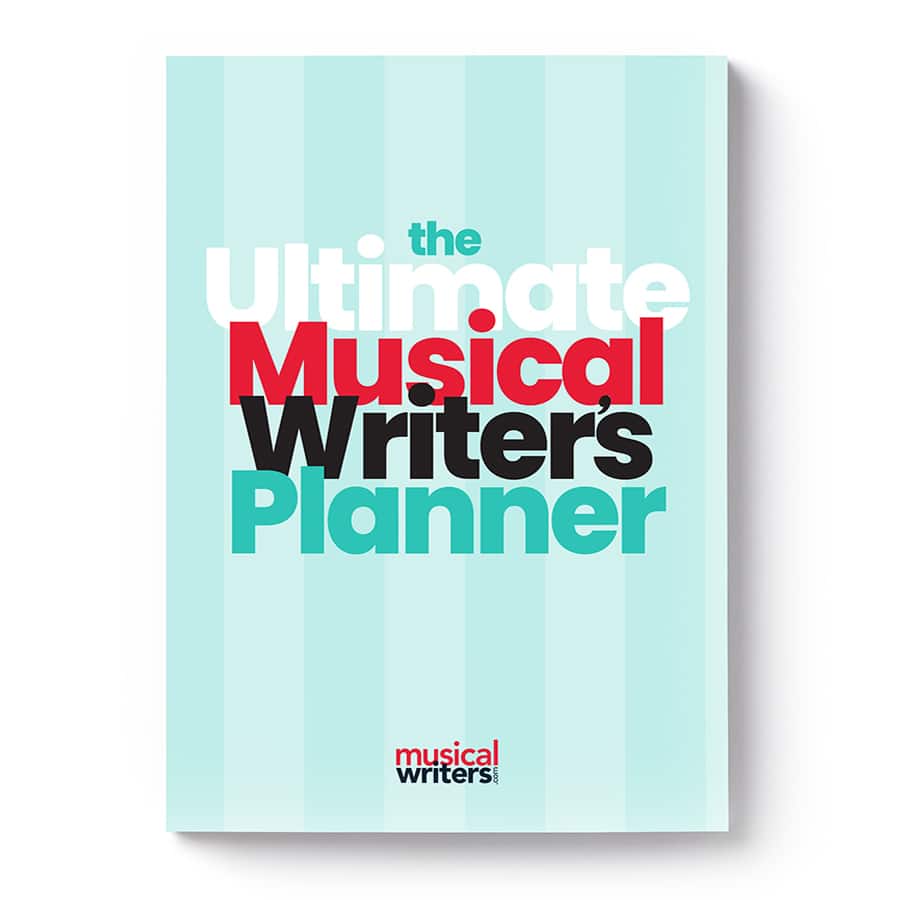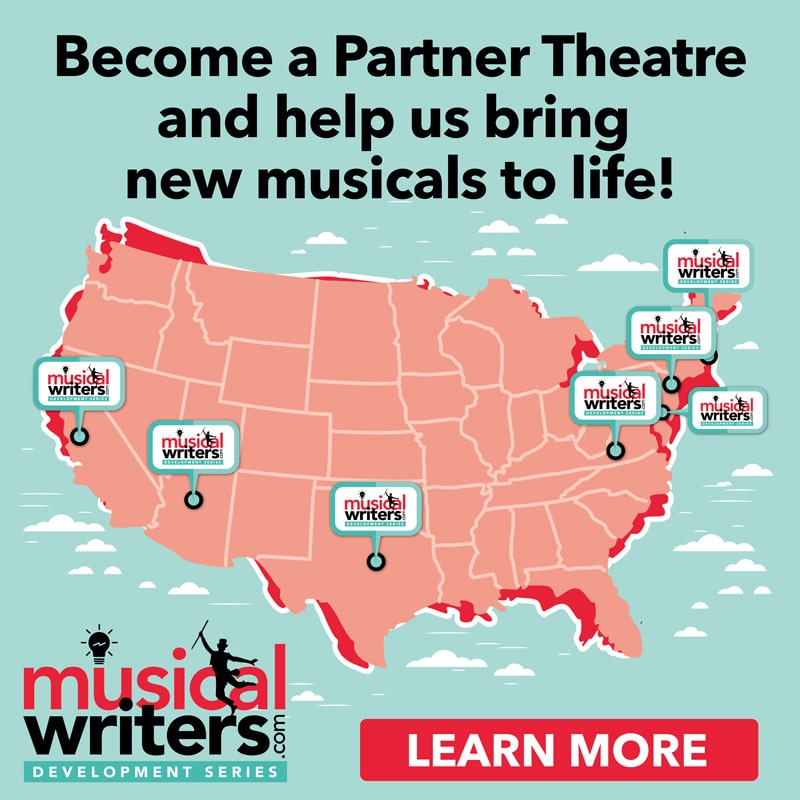We’re so fortunate to live in an era where social media platforms are common and varied and FREE! Advertising and marketing has become highly democratized and inexpensive, so getting your show’s brand in front of millions of users is only a post, hashtag, and like away.
HOWEVER….
If you don’t have a full draft of your libretto, a solid piano/vocal score, some sort of peer or professional script review, or haven’t taken the time to organize a reading, DO NOT PASS GO and DO NOT CREATE YOUR SOCIAL MEDIA ACCOUNT YET.
First things first. Focus your creative energy on making your show the best it can be. After it gets a little traction, then move on to introducing it to the world.
If and when you’re ready to dive into building a social media presence, here are 5 steps to get you going on the right foot.
1. Consider Your Time and Resources.
As you may already know, managing social media can take a lot of time. It can feel overwhelming, which can result in procrastination and avoidance. Before biting off too many platforms, consider:
How much time can you devote to a social network?
When starting out, plan on at least an hour per day. There will be a learning curve, so expect that. You’ll get more efficient and effective the more you post and interact.
What personnel and skills do you have to work with?
Visual social media platforms like Pinterest and Instagram require images and photos. Social networks like Facebook and Twitter require engagement and discussion leading. Do you have the resources to create what is needed? If not, is it possible to find someone to help?
2. Define Your Audience and Pick the Appropriate Social Media Platforms.
Audience: Who is your target, and where do they hang out?
Before you sign up for multiple platforms, explore your show’s target audience. Is your show edgy? for young audiences? theme specific? culture specific? music genre specific? Think of 3 different types of people who would come see your show. For a great article on how to create an audience member avatar (persona mapping), check out Product Market Fit – Your Musical as a Start-Up Business.
After you’ve determined your 3 target audience members, consider where they hang out—what platform are they most likely to be on?
Pick Your Platform: Which social network(s) have the right demographics?
Social media platforms all have different features, requirements, and purposes. Remember: You don’t have to be on every social media site! In fact, I would STRONGLY advise against being on more than 2 or 3. Pick the ones that make the most sense for you and your audience and focus there.
Global Monthly Active Users:
- Facebook – 2.45+ billion
- YouTube – 2.00 billion
- Instagram – 1 billion
- TikTok – 800 million
- Twitter – 330 million
- Pinterest – 322 million
- LinkedIn – 310 million
Here’s a quick overview of the stats and features of the most popular platforms:
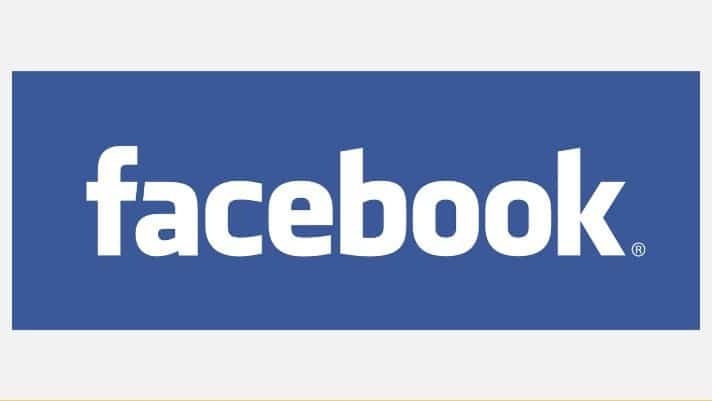
Facebook continues to be the heavyweight champ when it comes to social media platforms. Facebook is a place to share photos, updates, and general news with those who follow or “like” you and/or your show. Communication between users is in the form of posts, comments, images, videos, likes, and links.
- Facebook users are 43% female and 57% male.
- 13% of global active Facebook users are women ages 25–34 – Statista.
- 71% of American adults and 51% of American teens use Facebook.
- Seniors are the fastest-growing group of Facebook users.
- 74% of high-income earners use Facebook.
- Only 10.1% of Facebook users are in the U.S. or Canada.
- 74% of Facebook users log in daily.
- Facebook users spend 38 minutes per day using the platform.
- 52% of American adults get news from Facebook.
- 1.4 billion people use Facebook Groups.
- An average Facebook user likes 13 posts per month.
- 60% of Americans who watch digital video do so on Facebook, second only to YouTube.
Facebook is best for: reaching a broad, mature audience who will tend to remain loyal to preferred brands and personalities and will willingly share authentic content.
Watch out for: Facebook users have no word or character limits on their comments. While engagement helps your viewing rank, be careful to monitor any out-of-hand conversations that can derail from your brand message. Facebook also downgrades your posts if they contain URLs, especially off-platform links. Want to share videos? Upload directly to Facebook; don’t link to YouTube.

YouTube
YouTube is the number one online video sharing platform, but did you know it is also the second most widely used search engine (after Google)? Users can search for videos, create their own channel, like/comment on videos, upload their own videos and subscribe to other YouTube channels.
- According to Alexa rankings, YouTube is the second most-visited site in the world.
- 6 out of 10 people prefer online platforms over TV.
- 81% of businesses use video as a marketing tool.
- Over 500 million hours of video are watched on YouTube every day.
- Over 90% of 18-44 year old American internet users watch videos on YouTube.
- Over 80% of 45-64 year old American internet users watch videos on YouTube.
- Over half of American internet users who are aged 65 and over watch videos on YouTube.
- 35+ and 55+ age groups are the fastest growing YouTube demographics.
YouTube is best for: sharing (and user re-sharing of) high-quality demo reels and video clips.
Watch out for: YouTube is meant to be permanent, so don’t put something up that you don’t want to be around forever. Be sure it’s well produced and is the best representation of your show. Both the video and audio of what you upload should be crisp, clear, and easy to understand. No shaky cameras!
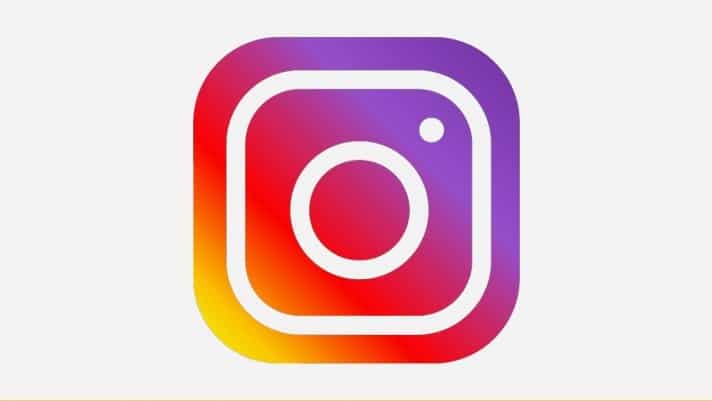
Instagram offers a visual feed with posts showing photos and short videos followed by a caption. Users can also post live video or create Instagram Stories that disappear after one day. Like the social networking platforms above, users can interact with others through hashtags, likes, comments, or direct message.
With a young user base, Instagram is ideal for reaching audiences under 35 years old. It is a heavily visual social platform that rewards authenticity and creativity. It gave birth to influencer marketing, using a highly-followed personality to influence purchasing and viewing choices.
- 52% of Instagram users identify as female and 42% identify as male.
- 31% of internet users between the ages of 18 and 24 use Instagram and 32% of internet users between the ages of 25 and 34 use Instagram.
- 72% of teens use Instagram.
- 63% of Americans use Instagram daily.
- Engagement rates on Instagram are 15 times higher than Facebook and 20 higher than Twitter.
- 73% of brands post at least one photo or video per week on Instagram.
- Brands see engagement rates 10x higher on Instagram than they do on Facebook.
- Posts containing videos receive about 38% more engagement than those containing images.
- 70% of users look up a brand on Instagram.
- 60% of users learn about new products through Instagram.
- More than 200 million users visit a business profile at least once daily.
Instagram is best for: sharing original photos of your readings, writing process, cast members, etc. Instagram stories are great for quick, real-time snapshots to help your viewers get to know you and your process, and also ways of sharing other users’ content that is relevant to and/or supportive of yours.
Watch out for: Be sure your content stays on-brand and doesn’t get messy and haphazard. Use only high-quality photos (no blurry pics!), and don’t put lots of text on your photos. Save that for the caption. Also, you can’t share live links, so don’t put web addresses in your captions.
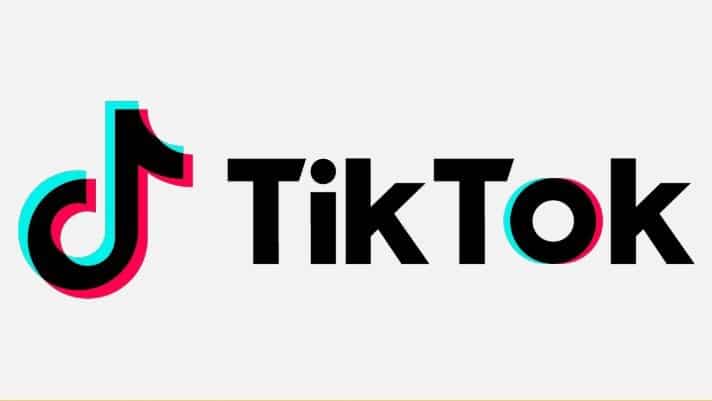
TikTok
TikTok users can upload 15-second videos of themselves lip-syncing to a selection of songs provided by the app’s library. The platform also is used for creating short comedic skits using a selection of sound effects or audio bits. The app pushes collaboration and users can create 15-second videos together. TikTok is widely popular among younger audiences with 60% of their users being under 30 years in age.
- TikTok’s user base is dominated by Gen-Z in the United States, but many millennials have adopted it around the world.
- 50% of TikTok’s global audience is under the age of 34 with 26% between 18 and 24. (MarketingCharts)
- one in eight adults has joined TikTok. (MarketingCharts)
- 56% of TikTok users are male, 44% are female. (AppApeLab)
- 60% of TikTok’s U.S. audience is between the ages of 16 and 24. (Digiday)
- The average user spends 52 minutes per day on TikTok. (BusinessOfApps)
- TikTok’s average engagement rate is 29%.
- 90% of TikTok users visit the app more than once per day. (GlobalWebIndex)
TikTok is best for: creators that can offer fun, visually pleasing, trendy, or otherwise light-hearted content, most often geared for the ages 16-30 market.
Watch out for: TikTok is labor intensive and requires savvy trend-watching. A video is much more likely to be seen if it comes from an account that posts consistently. Also, limit the number of times you remove videos, as this tells the algorithm you have a tendency towards releasing poor quality content.
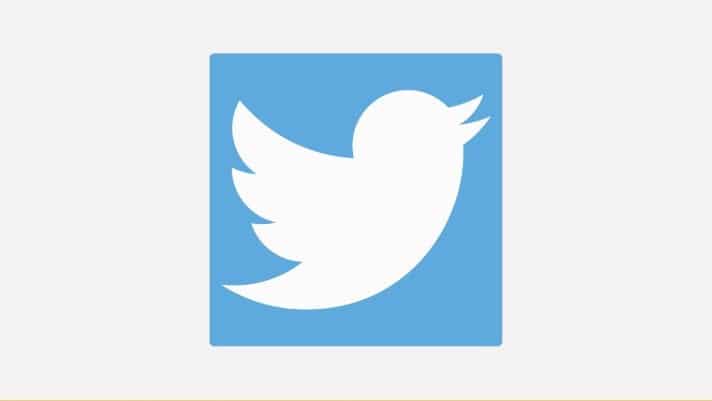
Twitter is “what’s happening in the world and what people are talking about right now.” Tweets can consist of text, images, videos and links. As a user, you also can favorite, quote and retweet other user’s tweets which will then appear on your personal Twitter feed. The catch, however, is that tweets are limited to 280 characters.
- About 46% of Twitter users use the site daily.
- 83% of the world’s leaders are on Twitter.
- 79% of accounts are held outside of the U.S.
- Twitter estimates 23m of its active users are actually bots.
- The average Twitter user has 707 followers.
Twitter is best for: sharing short bits of text, such as lyrics, shout-outs, quick thoughts, and announcements. It also doesn’t penalize you for external URLs.
Watch out for: Twitter is meant for fast information and can be a difficult place to grow your brand if you are not constantly monitoring it.
For further reading: The Ultimate Musician’s Guide to Using Twitter
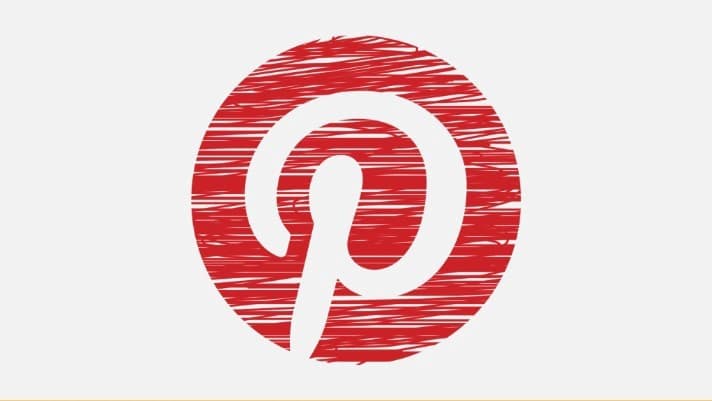
Pinterest is all about sharing and discovering new interests through posting “pins.” Pinterest is used to collect and “pin” anything you are interested in, which can then be viewed by your followers.
Pins can be images or videos and usually have a link that references back to a website. Users can upload their own pins to what is called Pinterest boards. Pinterest Boards often follow a theme and consist of pins relating to that theme.
Users interact with pins in the same fashion as every other social platform. You can leave comments, likes and add any pin to your own Pinterest board.
Pinterest is very popular among women who are typically under 50. Similar to Instagram, success comes from uploading content that is visually appealing. It has to be interesting enough for other users to want to “pin” and share it to their own boards.
- Pinterest has over 322 million monthly active users.
- According to Pinterest, 55% of Pinners are specifically looking for products.
- 83% of weekly users have made a purchase based on content they see from brands on Pinterest.
- 75% of Pinterest users say they’re “very interested” in new products.
- Seven out of every ten Pinterest users are female (eMarketer, 2018).
- In the US, 28 percent of all adult social media users use Pinterest.
- Pinterest users spend an average of 14.2 minutes on the social media platform every day.
- Pinterest is also the third most popular mobile social networking app in the US and users spend an average of 5.29 minutes per mobile app session (Statista, 2019).
- Users pin more than 14 million articles each day.
Pinterest is best for: branding yourself as an artist with “boards” for each of your musical projects. It’s a great place to save and organize links your favorite tips, resources, and images. It’s also good for repurposing content from all your other social media platforms.
Watch out for: Pinterest is all about visuals, so the media you share should be as attractive as possible. It’s also recommended that you have at least 10 boards with 10 pins each to gain traction and visibility from the Pinterest algorithm.
Further reading: Pinterest for Musicians

LinkedIn is a networking platform for users who have an interest in developing their professional career. You create a profile and include information such as work experience, career objectives, skill set, etc. LinkedIn also serves as a platform for job searching.
LinkedIn’s social feed has become a place for businesses to establish their thought leadership and authority in their industry and attract talent to their company by sharing relevant articles, professional updates, and significant media mentions and coverage.
- Content on the LinkedIn feed receives about 9 billion impressions per week.
- LinkedIn Video was named one of the most effective platforms for video marketing.
- 90 million LinkedIn users are senior-level influencers and 63 million are in decision-making positions.
- 25% of Millenials (18-24 years old) use LinkedIn.
- 49% of LinkedIn users earn more than $75,000 in a year.
LinkedIn is best for: connecting with other professionals and sharing universally beneficial, professional content.
Watch out for: bulk spamming others after connecting. Keep it professional. Always include a “note” and give your motivation for reaching out when asking to connect with someone.
3. Fill Out Your Profiles Completely
After you choose a platform, completely fill out the profile section. Do not forget photos, information, website, descriptions, etc. Be thorough and diligent. Your profile photo is a must. No profile photo, no follows. (Tip: If needed, create a Google account and email that is used alone for social media.)
4. Find Your Brand Voice
Spend some time developing your brand voice. Answer these questions:
- If your brand was a person, what kind of personality would it have?
- If your brand was a person, what’s their relationship to the consumer? (a coach, friend, teacher, dad, etc)
- Describe in adjectives what your show’s personality is not.
- Are there any musicals with have a similar personality to yours? How are they similar?
- How do you want your customers to think about your musical?
Again, reference this article for tips: Product Market Fit – Your Musical as a Start-Up Business. (Stumped on how to do this? Contact us here for a one-on-one consult.
5. Determine Your Posting Strategy and Create a Social Media Calendar
For a simple strategy to begin, use the 4:1 Method:
- Start with the basic five types of posts: Links, images, quotes, re-shares, and plain-text updates
- Choose a “staple” post, a single type that will make up the majority of your content
- Create a 4:1 ratio of sharing: for every four “staple” posts, publish one different type for variety
We also have a handy-dandy Google Sheets Social Media Calendar here.
Months later….
After you’ve gotten into a posting routine, things will get easier. You’ll find your groove and discover which types of posts get the most engagement. Many of the social media platforms mentioned here have built-in analytics tools where you can track interaction and see a comparative analysis over time. Check in on those periodically (every 2-3 weeks) to see which posts are doing well and which ones aren’t. Adjust your strategy accordingly!
If things really get rolling, you can check into automation software such as Hootsuite or Buffer to help plan and schedule social media posts in advance. These are paid apps, however, so to save money, you can always manage things yourself with a great social media planning template like this one.
Show us your stuff!
MusicalWriters is on several social media platforms, so whichever ones you choose to use, look us up! Give us a follow and we’ll follow back. We want to see what great things you’re doing!
Visit us on:
